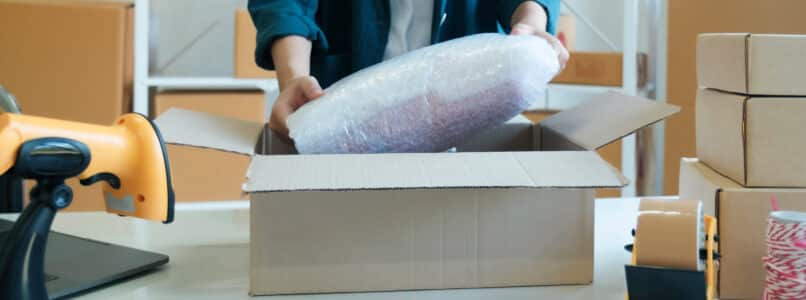Estimated reading time: 2-3 minutes
Every minute counts for businesses during the holiday season. With soaring demand and increased competition, timely delivery is more critical than ever.
That’s where strategic warehousing comes into play. A PwC survey found that 80% of customers are more likely to repeat purchases if they receive their orders within 24 hours. By strategically outsourcing to warehouses closer to your customers, you can significantly reduce shipping times and increase customer retention.
The Proximity Factor
The closer your warehouse is to your customers, the faster you can ship their orders. This simple principle is backed by data. Studies have shown that a reduction in shipping distance can lead to:
- Faster delivery times: Orders can be shipped more quickly and efficiently. A McKinsey study found that reducing shipping distance by 10 miles can lead to a 5-10% decrease in delivery time.
- Lower shipping costs: Reduced transportation distances often result in lower shipping fees. The Council of Supply Chain Management Professionals (CSCMP) estimates that a 10% reduction in shipping distance can result in a 3-5% decrease in transportation costs.
- Improved customer satisfaction: Customers are more likely to be satisfied when they receive their orders promptly. An IBM study found that 75% of customers are more likely to recommend a brand if they receive their orders promptly during peak seasons.
Peak Season Planning
During peak e-commerce seasons like the holidays, when order volumes surge, the importance of strategic warehousing becomes even more pronounced. By strategically locating warehouses in key regions, businesses can:
- Reduce shipping delays: Orders can be processed and shipped from nearby warehouses, minimizing transit times.
- Handle increased demand: Multiple warehouses can distribute the workload and prevent bottlenecks.
- Improve customer experience: Faster shipping times can increase customer satisfaction and loyalty.
The Role of Selery
Third-party logistics (3PL) providers, like Selery, can be invaluable in optimizing warehouse locations and managing shipping during peak seasons. We offer a range of services, including:
- Strategic locations: We have a network of warehouses worldwide, allowing businesses to locate their inventory strategically.
- Fast Lead Times: We pick, pack, and ship your orders within 24 hours.
- Demand forecasting: We examine your past sales data, seasonality trends, and other relevant factors to identify patterns and predict future demand so your products are always in stock.
- Inventory management: We can manage inventory levels at different warehouses to ensure optimal stock levels and minimize shipping delays.
- Technology solutions: We utilize advanced technology to track inventory, optimize shipping routes, and provide real-time visibility into the supply chain.
Conclusion
Strategic warehousing is crucial to a successful e-commerce strategy, especially during peak seasons. By carefully considering the location of your warehouses and partnering with a reliable 3PL provider like Selery, you can optimize shipping times, reduce costs, and enhance the overall customer experience. Let’s get started today.



